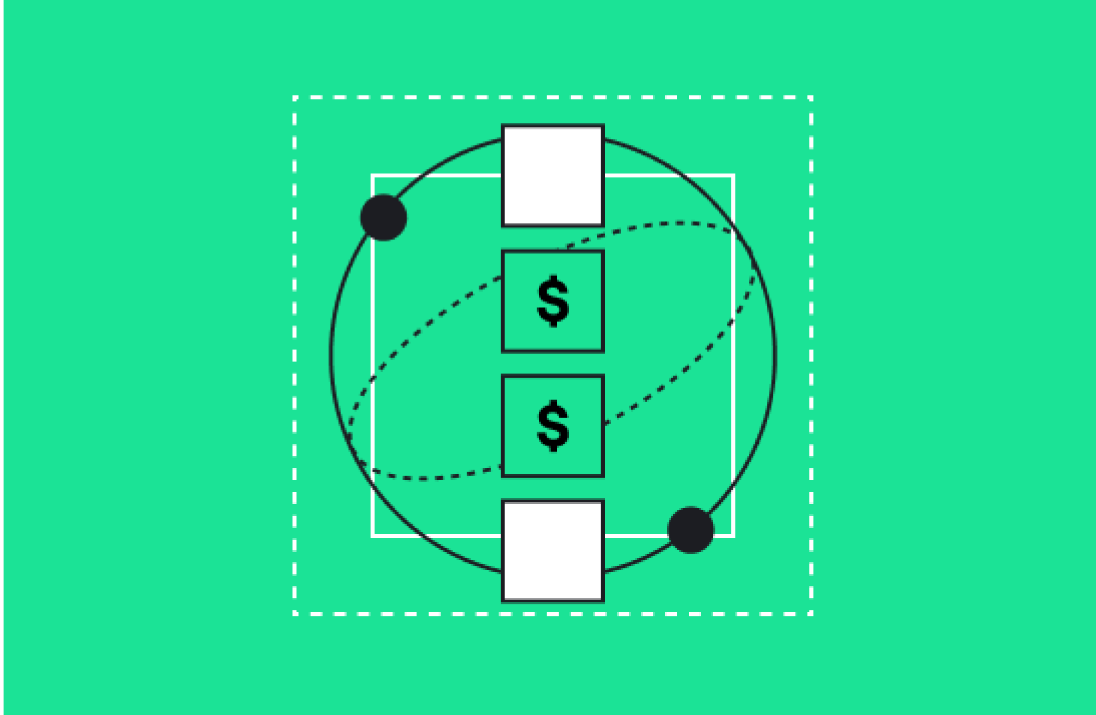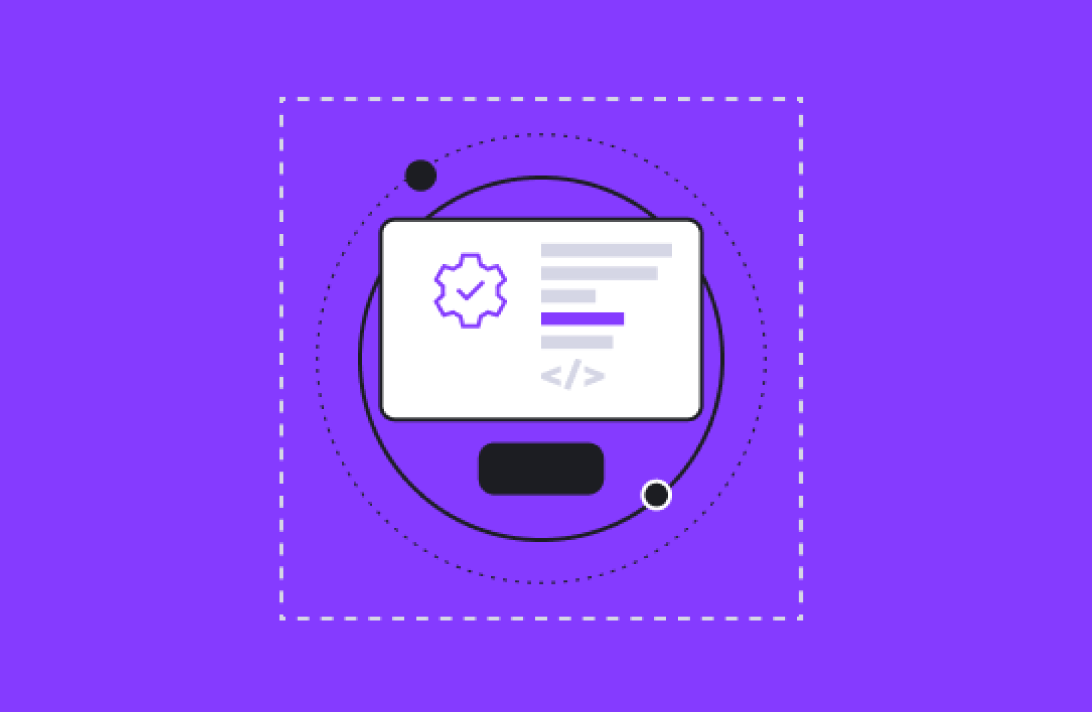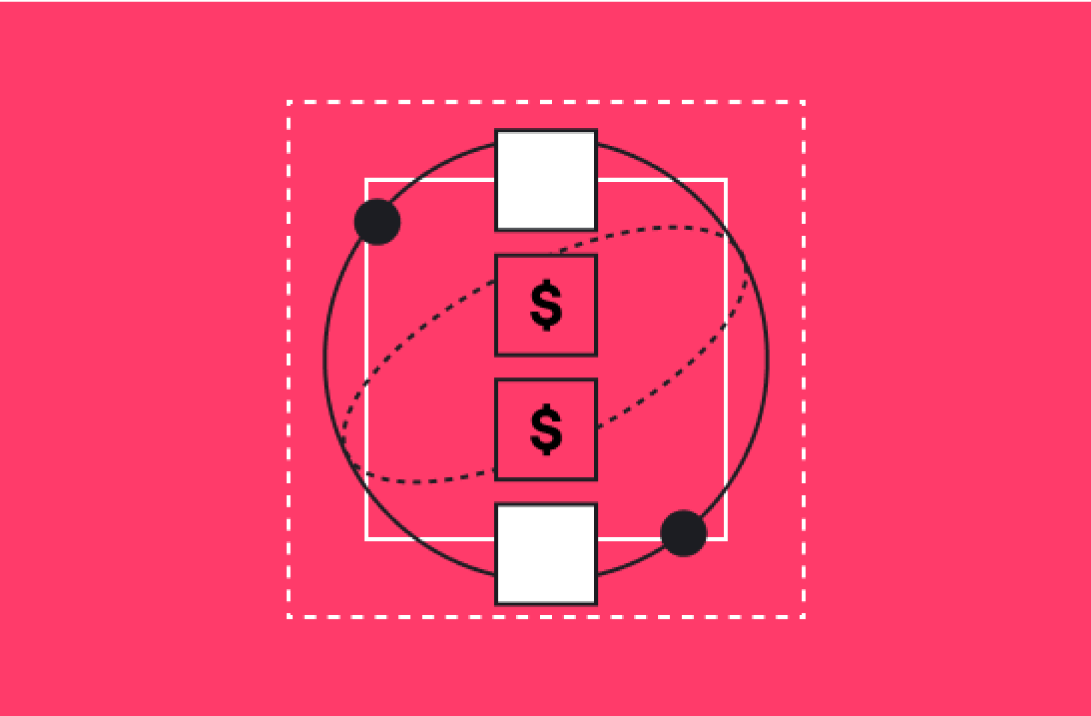Rolling out HubSpot is a big move—and one worth celebrating. But if you’ve ever been through a software implementation, you know that turning on a new platform doesn’t automatically mean people will use it. Or use it well. The success of your CRM strategy doesn’t come from features alone—it comes from how your people actually adopt those features into their daily work.
This post is a practical, no-nonsense guide to user adoption: what it really means, what gets in the way, and how to make HubSpot a tool your team wants to use (not one they’re nudged, begged, or bribed to log into).
Why Adoption Matters More Than Configuration
It doesn’t matter how perfectly you’ve configured your pipelines or customized your reports—if your users aren’t consistently engaging with the system, your data will rot. Incomplete records, inconsistent fields, and outdated timelines will quickly turn your CRM into a liability rather than an asset. Adoption is what turns HubSpot into the single source of truth for your business. When people are actually logging in, updating deals, using workflows, and collaborating across records, you start to unlock the kind of insight and automation that moves the needle on revenue.
In fact, research from Whatfix shows that 70% of enterprises have reported improved CRM usage and adoption rates after implementing personalized CRM guidance and self-help training and that improved CRM adoption rates saved an average of $8.7 million. These statistics highlights the immense value of tailored training efforts in transforming CRM engagement and driving overall success.
But adoption isn’t just about logins. It’s about behavior change—getting people to shift their processes and habits to align with a new system. Historical data also reminds us of the high stakes: CRM failure rates are estimated to range from 47% to 63%, according to a 2019 Business2Community study, often due to factors such as the lack of active senior management sponsorship and poor user acceptance. This serves as a stark reminder that without a robust adoption strategy, even the best systems can falter.
What Happens at Different Adoption Levels
Adoption rates directly affect how effective your go-to-market (GTM) strategy is. Here’s a breakdown of what happens as adoption fluctuates:
The GTM Impact of CRM Adoption Rates
| Adoption Rate | What It Looks Like | Consequences to GTM Process |
|---|---|---|
| 100% | Every rep, marketer, and service agent uses HubSpot as their source of truth. |
|
| 90% | Most users are active, with occasional gaps in usage or training. |
|
| 75% | Core users (e.g., sales team) are engaged, but other functions are inconsistent or disengaged. |
|
| 50% | Half of the team relies on spreadsheets, email, or memory to manage deals and customer communication. |
|
| 0% | The CRM exists, but no one uses it. |
|
Laying the Groundwork for HubSpot Success
Before you dive into enablement or gamification, you need a strong foundation. That starts with clarity. Everyone from leadership to frontline users needs to understand why you’re using HubSpot, what success looks like, and how it’s going to help them. This isn’t about selling the software—it’s about selling the outcome. Clear, goal-driven adoption strategies help overcome the historical pitfalls of CRM implementations that have failed due to a lack of executive support and user buy-in.
Foundational Tasks to Set the Stage
| Task | What to Do |
| Define Success Metrics | Set clear, measurable goals tied to business outcomes (e.g., faster sales cycles, higher lead conversion, better reporting accuracy). |
| Secure Executive Alignment | Ensure leaders are vocal and visible champions of the platform. Their usage signals importance. |
| Customize for Workflow Fit | Tailor deal stages, fields, and automation to match how teams actually work. Avoid forcing a generic structure. |
| Integrate with Existing Tools | Make HubSpot the hub—integrate email, calendars, Slack, Zoom, billing systems, and more to reduce friction. |
These foundational elements reduce resistance and set you up for a smoother rollout. The goal is to eliminate barriers before you ask users to change their behavior, ensuring a more successful adoption from the outset.
Empowering Users Through Smart Enablement
Training doesn’t have to mean boring slide decks or “watch this video” links buried in onboarding emails. Real enablement is about helping people feel confident and competent using HubSpot. This means delivering training in multiple formats and aligning it directly to the work they do every day. Rather than teaching tools in isolation, show how they support specific jobs to be done.
For example, instead of “how to create a task,” train your BDRs on “how to make sure no lead slips through the cracks using sequences and tasks.” Contextual, role-specific training makes learning sticky.
It also helps to let your high-performers lead. “Train the trainer” models where team leads become internal coaches not only scale your enablement efforts but also boost peer-to-peer credibility. Continuous, personalized training has proven to drive engagement, as noted earlier by the 70% improvement statistic reported by Whatfix. This demonstrates that investing in targeted training sessions can lead to significantly higher user engagement and adoption.
Making HubSpot Valuable to Them (Not Just You)
At the end of the day, no one wants to use a tool just because they’re told to. People will adopt systems that help them hit their goals faster and easier. You need to demonstrate that using HubSpot is in their best interest. That could mean automating repetitive follow-ups, streamlining pipeline updates, or surfacing buying signals directly in the CRM.
Clear use cases go a long way. If a sales rep can use the prospecting workspace to see high-priority leads and efficiently make calls, they’re more likely to engage with it daily. Similarly, marketers who can clone campaigns, segment contacts, and track attribution effectively will rely less on manual spreadsheets and more on the automation HubSpot offers.
And yes—gamification works. A little friendly competition, a well-placed leaderboard, or small perks for usage milestones can all help drive engagement (especially in sales teams). Just make sure rewards align with real CRM behavior rather than vanity metrics like logins.
Monitoring and Optimizing: What You Should Actually Measure
Adoption isn’t a guessing game. HubSpot’s robust reporting tools allow you to track adoption behaviors with clarity. Here’s what you should be measuring regularly:
| Metric | Why It Matters |
| Daily/Weekly/Monthly Active Users (DAU/WAU/MAU) | Measures overall platform engagement trends over time. |
| Feature Usage by Role | Helps you see which tools are being adopted (e.g., sequences, playbooks, forms). |
| Record Update Activity | Tells you if people are actually contributing data (vs. just viewing records). |
| Deal Pipeline Hygiene | Tracks how consistently stages, properties, and notes are updated. |
| User Feedback Volume | High feedback = high engagement. Silence could indicate apathy or confusion. |
These metrics aren’t just diagnostic—they’re directional. If you see a drop in deal stage updates or a spike in user churn, it’s a sign something in the process isn’t resonating. Use the data to iterate: offer refresher training, simplify forms, or remove unnecessary properties. Regular monitoring not only ensures that you’re aware of how adoption is trending, but it also provides actionable insights that can guide continuous improvement.
Think Evolution, Not Event
Implementing HubSpot is a project. But adoption? That’s a journey. It doesn’t stop at the 90-day mark. Keep communication open, celebrate wins, and evolve your strategy as the platform grows and your team changes.
Adoption is ultimately about trust—do your users trust that HubSpot helps them do their job better? If the answer is yes, usage will follow. If the answer is no, even the best automation won’t save you.
Building for your users, supporting them through every transition, and leveraging continuous feedback are the cornerstones of a successful adoption strategy. In an environment where past CRM projects have seen failure rates as high as 70% due to poor user acceptance and lack of leadership, investing in these practices isn’t just a nice-to-have—it’s a critical step to ensure success.






